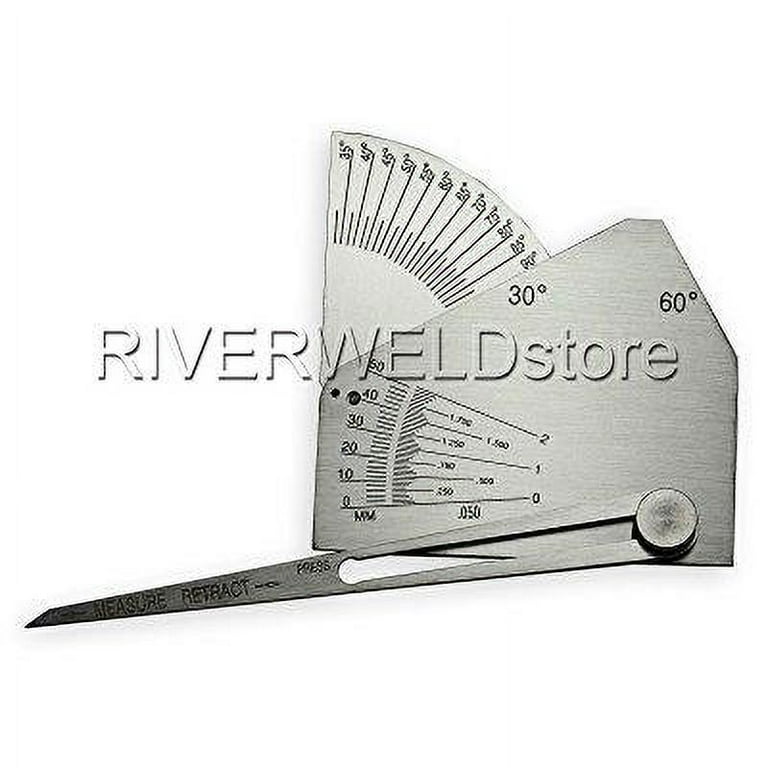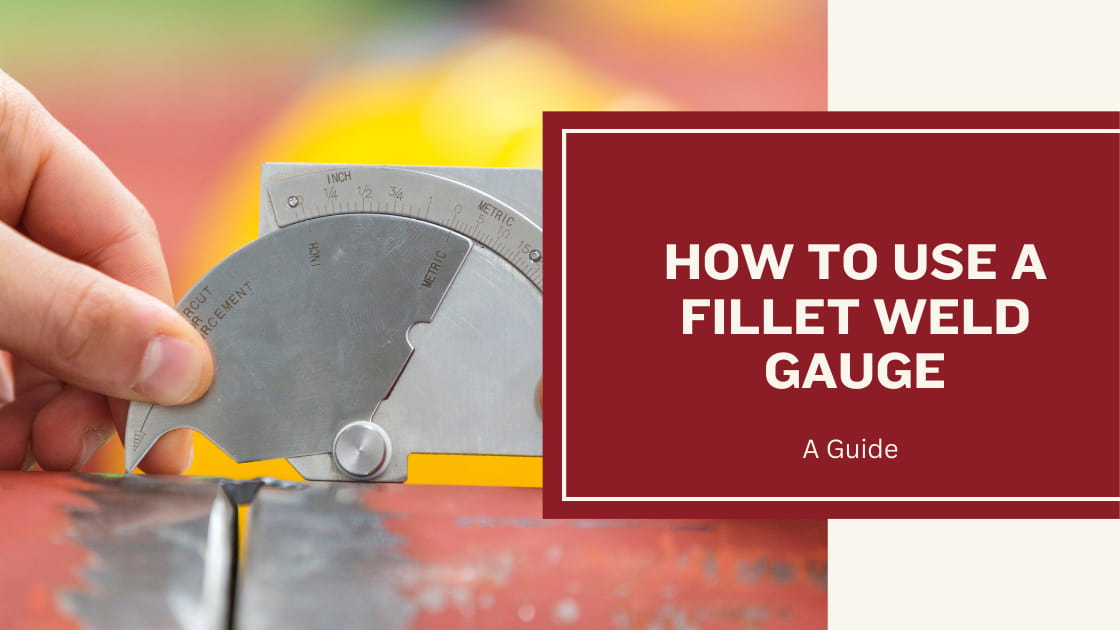How to Attain Accuracy with Gauge Fillet Welds in Your Jobs
How to Attain Accuracy with Gauge Fillet Welds in Your Jobs
Blog Article
Fillet Weld Style Approaches: Optimizing Joint Performance and Appearance for Structural Honesty
In the realm of structural design and manufacture, the value of fillet weld design methods can not be overemphasized. By diligently taking into consideration aspects such as weld account optimization, material option, joint prep work methods, welding process efficiency, and aesthetic improvement producers, engineers and approaches can accomplish a harmonious equilibrium in between functionality and look in their bonded structures.
Weld Account Optimization


Attaining an ideal weld profile entails a thorough consideration of variables such as material density, joint arrangement, welding position, and preferred welding rate. In addition, the selection of suitable welding specifications, such as voltage, current, and travel rate, is basic in controlling the form and measurements of the fillet weld. Using innovative welding techniques, such as pulse welding or robotic welding, can additionally improve the weld account to meet details style requirements and top quality standards.
Essentially, weld account optimization is a basic facet of fillet weld layout that straight affects the overall performance and reliability of bonded joints in structural applications.
Product Option Considerations
When thinking about product option for fillet weld layout, the compatibility of the base steels is a critical factor influencing the structural integrity of the joint. It is important to choose materials that not only weld with each other effectively but additionally have comparable mechanical properties to ensure the load is equally dispersed in between the base and the weld metals. Welding materials with vastly various properties can bring about concerns such as stress and anxiety focus, premature joint failure, or cracking.
In addition, the setting in which the welded structure will certainly run should be taken into consideration when selecting products. Aspects like rust resistance, temperature variations, and direct exposure to chemicals can all affect the longevity and efficiency of the weld joint. By selecting materials that appropriate for the designated application and environment, the total longevity and dependability of the welded joint can be dramatically boosted.
For that reason, comprehensive factor to consider of product compatibility and environmental factors is extremely important in guaranteeing the weld joint's toughness, this link sturdiness, and overall architectural stability.

Joint Prep Work Techniques
Considering the essential role material option plays in guaranteeing the structural stability of fillet weld joints, it is essential to carry out specific joint preparation methods that maximize the connection between the base steels. Joint prep work is an essential step that directly affects the top quality and strength of the weld. One essential method is the cleansing of base metals to get rid of the original source any kind of contaminants like rust, oil, or paint that might endanger the weld's honesty. This can be achieved through techniques such as grinding, cord cleaning, or chemical cleansing.
Furthermore, tack welding the components in area prior to the final weld helps keep positioning and reduces distortion during the welding procedure. By thoroughly complying with these joint preparation strategies, welders can improve the overall efficiency and looks of fillet weld joints while guaranteeing architectural stability.
Welding Refine Efficiency
Reliable welding processes are crucial for accomplishing ideal productivity and quality in fillet weld manufacture. One key facet of enhancing welding process efficiency is choosing the suitable welding strategy. Elements such as material kind, joint style, and welding position have to be carefully thought about to determine one of the most ideal method. For example, procedures like gas metal arc welding (GMAW) and flux-cored arc welding (FCAW) are frequently used for fillet welds because of their versatility and speed (Gauge Fillet Weld).
Regular calibration of welding devices, evaluation of consumables, and upkeep of welding lanterns can avoid downtime and rework, eventually conserving time and sources. Well-trained welders are more adept at adjusting parameters, repairing problems, and preserving regular weld top quality.
Aesthetic Improvement Approaches
To optimize the high quality of fillet weld fabrication, carrying out aesthetic enhancement approaches can play an essential duty in guaranteeing accuracy and precision during the welding procedure. Aesthetic aids such as weld size determines and amplifying lenses can help in analyzing weld profiles and measurements properly. By integrating these visual improvement methods into the welding procedure, welders can attain not only structurally sound fillet welds but also aesthetically enticing outcomes that satisfy industry standards.

Conclusion
In conclusion, maximizing fillet weld design entails cautious consideration of weld account, material option, joint preparation, welding procedure efficiency, and aesthetic enhancement approaches. By executing these techniques, architectural honesty can be improved while likewise achieving visual appeal. It is very important to prioritize both performance and aesthetics in fillet weld style to ensure the general quality and toughness of the joint.
By meticulously thinking about factors such as weld profile optimization, product selection, joint preparation strategies, welding process effectiveness, and aesthetic enhancement designers, producers and methods can attain a harmonious equilibrium between functionality and look in their welded structures.In the world of fillet weld layout, enhancing the weld profile plays a critical duty in making sure structural honesty and efficiency. The weld profile, which consists of the size moved here and form of the weld cross-section, directly affects the distribution of stress and anxiety and load-bearing capability within the joint. It is necessary to select materials that not only bonded with each other properly yet also possess similar mechanical properties to make sure the load is equally distributed between the weld and the base steels - Gauge Fillet Weld.In conclusion, enhancing fillet weld design includes mindful consideration of weld account, product selection, joint prep work, welding procedure performance, and aesthetic enhancement techniques
Report this page